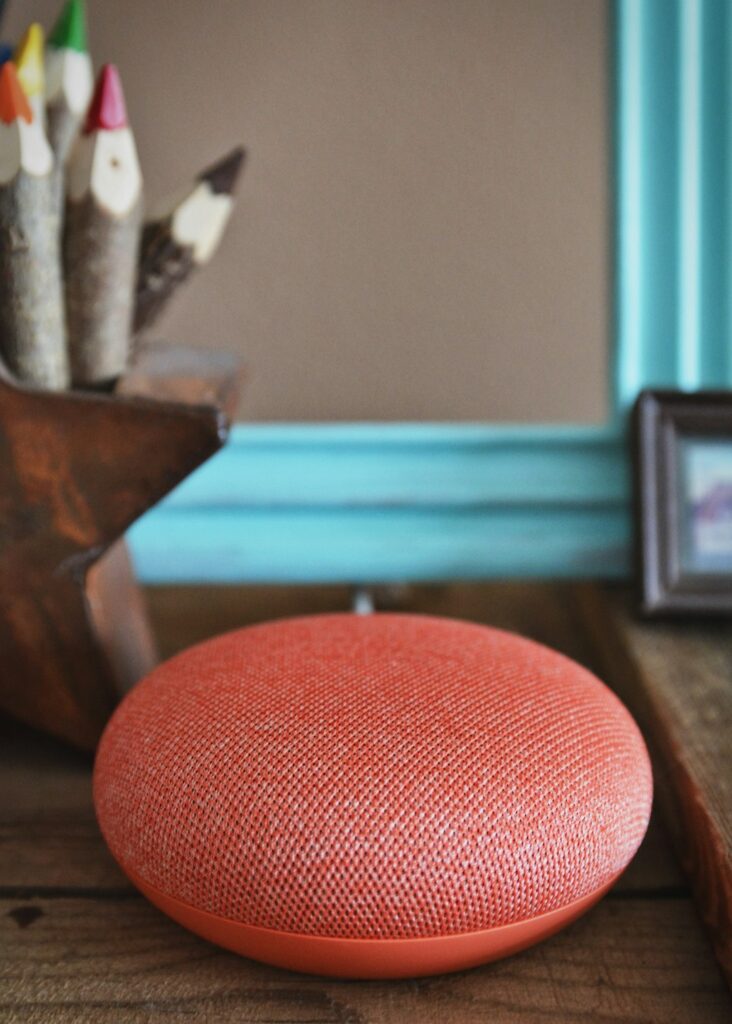Understanding Smart Home Integration with AI Smart Home Devices
The advent of AI smart home devices has transformed how we interact with our living spaces, leading to a seamless blend of convenience, security, and efficiency. This article dives deep into the world of smart home integration, exploring how AI-driven gadgets improve our daily routines, enhance our homes, and offer a glimpse into the future of home automation.
What Are AI Smart Home Devices?
AI smart home devices refer to gadgets equipped with artificial intelligence capabilities, enabling them to understand, learn, adapt, and respond to the user’s preferences and behaviors. These devices range from smart speakers and thermostats to security cameras and lighting systems.
Examples of AI Smart Home Devices
- Smart Speakers: Devices like Amazon Echo or Google Home can play music, set reminders, and control other smart home appliances through voice commands.
- Smart Thermostats: Devices like Nest Learning Thermostat learn your heating and cooling habits, optimizing energy usage and providing comfort.
- Security Cameras: Advanced cameras use AI to detect unusual activity or recognize familiar faces, sending alerts directly to your smartphone.
- Smart Lighting: Systems such as Philips Hue can adjust lighting based on the time of day or user habits, promoting energy efficiency.
Benefits of Smart Home Integration
Integrating AI smart home devices provides numerous advantages, making your home not just smarter but also more efficient and secure.
Enhanced Convenience
With smart home integration, daily tasks become effortless. Imagine controlling your lights, thermostat, and security system with a simple voice command or a tap on your smartphone. AI smart home devices can learn your routines, making proactive adjustments to enhance comfort and convenience.
Energy Efficiency
AI smart home systems optimize energy usage. Smart thermostats can learn your schedule and adjust temperatures accordingly, while smart lighting systems can turn off lights in unoccupied rooms. This not only reduces energy bills but also has a positive impact on the environment by lowering carbon footprints.
Challenges of Smart Home Integration
While the benefits of AI smart home devices are significant, there are also challenges associated with their adoption and integration.
Security Concerns
As with any internet-connected device, AI smart home gadgets come with security vulnerabilities. Hackers can exploit weaknesses to gain access to personal information or control smart devices. Ensuring your home network is secure and regularly updating device firmware can help mitigate these risks.
Compatibility Issues
Not all AI smart home devices are compatible with one another, which can complicate integration efforts. It’s essential to choose devices that adhere to common standards or operate within a unified ecosystem, such as those supported by Google Assistant or Amazon Alexa.
The Future of Smart Home Integration
The future of AI smart home devices looks promising, as technology continues to evolve rapidly. Emerging trends include:
Increased Interoperability
Future developments are paving the way for more compatible devices across different brands, making it easier for users to integrate various components into their smart home ecosystems.
Greater Personalization
With advancements in AI and machine learning, smart home devices will become increasingly personalized, catering specifically to user preferences and habits to provide an unmatched level of convenience.
Conclusion
Smart home integration powered by AI smart home devices represents a significant leap forward in home automation, making our lives easier, more efficient, and more secure. As technology continues to advance and address existing challenges, the potential for these devices is limitless, offering a glimpse into a future where our homes become truly intelligent companions.
Benefits of AI Smart Home Devices
AI smart home devices offer a plethora of advantages that enhance not only convenience but also energy efficiency and security. These devices can learn from your habits and preferences, adjusting settings automatically over time. For instance, smart thermostats can analyze when you’re home and when you’re away, optimizing energy usage to save on utility bills without sacrificing comfort. The integration of AI allows these systems to continuously improve, adapting to your lifestyle in real-time.
Improved Security Features
One of the most notable improvements brought by AI smart home devices is in home security. With intelligent sensors and cameras, homeowners can monitor their properties more effectively. Advanced AI algorithms analyze patterns and can send alerts in case of unusual activities. Smart doorbells equipped with facial recognition technology take it a step further, identifying friendly faces and notifying you of potential intruders. These features work together to create a safer living environment.
Integrating AI Smart Home Devices
Integrating AI smart home devices into your existing setup is easier than ever. Many devices are designed to work seamlessly with popular platforms like Google Assistant, Amazon Alexa, and Apple HomeKit, enabling you to control everything from lighting to security systems through a single interface. The ability to create custom routines and automations further elevates the experience, allowing for tailored functionality that meets your specific needs.
The Future of Smart Homes
As technology continues to evolve, the future of AI smart home devices looks promising. Innovations such as predictive analytics and advanced machine learning are set to enhance how these devices interact with each other and with us. Imagine a home that understands your daily schedule and prepares your environment accordingly—turning on the heating before you arrive home or dimming the lights as you settle in for the night. The potential to streamline our daily routines is limitless, making smart homes not just a trend, but a vital part of modern living.


